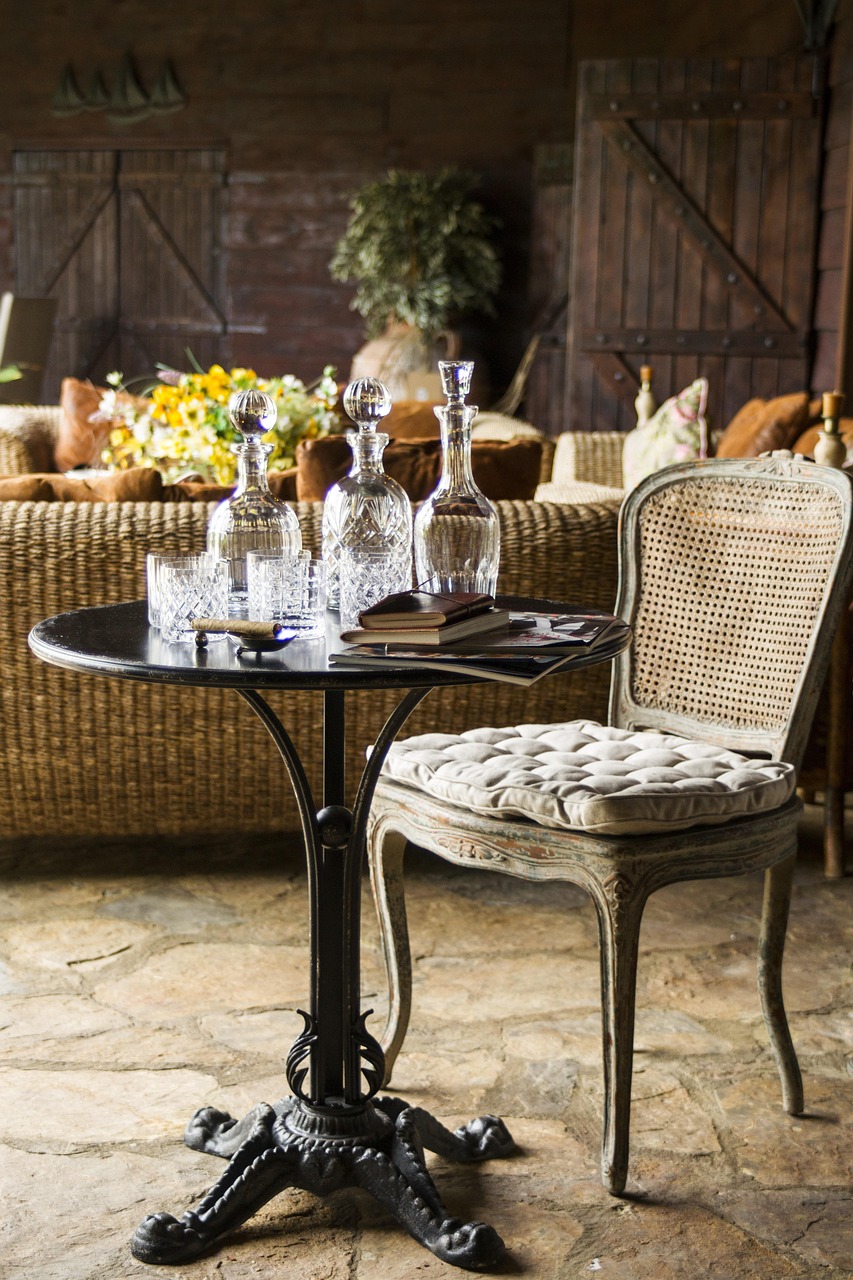Wabi-Sabi: Embracing Imperfection in Home Design
The quest for perfection in home design often leads to sterile, impersonal spaces that lack character and soul. Enter wabi-sabi, a Japanese aesthetic philosophy that celebrates the beauty of imperfection, transience, and incompleteness. This ancient concept is finding new life in modern interiors, offering a refreshing counterpoint to the polished perfection that dominates contemporary design. As homeowners seek authenticity and connection in their living spaces, wabi-sabi provides a pathway to create homes that are not just visually appealing, but deeply meaningful and comforting.

The Roots of Wabi-Sabi
Wabi-sabi originated in 16th century Japan as a reaction to the prevailing aesthetic of ornate, ostentatious, and perfect beauty. The term combines two concepts: wabi, which refers to the beauty of humble simplicity, and sabi, which embraces the passage of time and wear. Together, they form a worldview that finds beauty in the imperfect, impermanent, and incomplete aspects of life.
In traditional Japanese culture, wabi-sabi manifested in the tea ceremony, where simple, handmade tea bowls were prized over ornate, mass-produced ones. This appreciation for humble beauty and the marks of time extended to architecture, art, and daily life. Today, as we grapple with the pressures of modern life and the quest for Instagram-perfect interiors, wabi-sabi offers a much-needed respite and a return to authenticity.
Key Principles of Wabi-Sabi in Home Design
Implementing wabi-sabi in home design isn’t about following a strict set of rules, but rather embracing certain principles that guide our choices and perspective:
-
Embrace imperfection: Instead of hiding flaws, celebrate them. A cracked vase, a weathered table, or an asymmetrical hand-thrown bowl can become focal points that add character to a space.
-
Appreciate simplicity: Wabi-sabi interiors are often minimalist, but not in a stark or clinical way. The focus is on quality over quantity, with each item chosen for its meaning and beauty.
-
Connect with nature: Natural materials and organic forms are central to wabi-sabi design. Think raw wood, stone, clay, and linen, with their inherent variations and textures.
-
Value the effects of time: Instead of constantly replacing items, allow them to age gracefully. The patina on copper, the fading of fabric, or the wear on wood all contribute to the wabi-sabi aesthetic.
-
Find beauty in functionality: Practical, everyday items can be beautiful in their simplicity and utility. A well-worn wooden spoon or a perfectly balanced ceramic mug embody wabi-sabi principles.
Incorporating Wabi-Sabi Elements in Your Home
Bringing wabi-sabi into your home doesn’t require a complete overhaul. Start by incorporating a few key elements:
-
Natural materials: Introduce raw wood, stone, clay, and natural fibers. These materials age beautifully and connect us to the earth.
-
Handmade items: Choose artisanal pieces over mass-produced ones. Handmade ceramics, textiles, and furniture bring a sense of uniqueness and imperfection.
-
Neutral color palette: Wabi-sabi interiors often feature muted, earthy tones. Think soft whites, warm greys, and natural browns.
-
Asymmetry and irregularity: Break away from perfect symmetry. Arrange items in odd numbers or choose pieces with irregular shapes.
-
Weathered and aged finishes: Embrace patina and wear. Consider vintage pieces or items with distressed finishes.
The Psychological Benefits of Wabi-Sabi Interiors
Beyond aesthetics, wabi-sabi interiors can have profound effects on our well-being. In a world that often demands perfection, surrounding ourselves with wabi-sabi elements can be deeply liberating and grounding.
-
Stress reduction: The simplicity and authenticity of wabi-sabi spaces can help reduce visual and mental clutter, leading to a calmer state of mind.
-
Mindfulness: Wabi-sabi encourages us to slow down and appreciate the present moment, fostering a more mindful approach to living.
-
Self-acceptance: By embracing imperfection in our surroundings, we may find it easier to accept our own flaws and imperfections.
-
Connection to nature: The use of natural materials and organic forms can enhance our sense of connection to the natural world, even in urban environments.
-
Gratitude: Wabi-sabi encourages appreciation for what we have, rather than constantly seeking the new and perfect.
Wabi-Sabi in the Digital Age
In our hyper-connected, digital world, wabi-sabi offers a much-needed counterbalance. It encourages us to disconnect from the constant pursuit of perfection often portrayed on social media and to find beauty in the real, imperfect world around us.
Interestingly, some tech companies are beginning to incorporate wabi-sabi principles into their designs. We’re seeing a move away from sleek, glossy gadgets towards devices with more tactile, natural finishes. This trend reflects a broader desire for authenticity and human touch in our increasingly digital lives.
As we navigate the complexities of modern living, wabi-sabi in home design offers more than just an aesthetic choice – it presents a philosophy for living. By embracing imperfection, simplicity, and the passage of time, we can create homes that are not only beautiful but also deeply comforting and authentic. In a world that often feels chaotic and demanding, a wabi-sabi inspired space can be a sanctuary, reminding us to slow down, appreciate the present, and find beauty in the imperfect journey of life.





